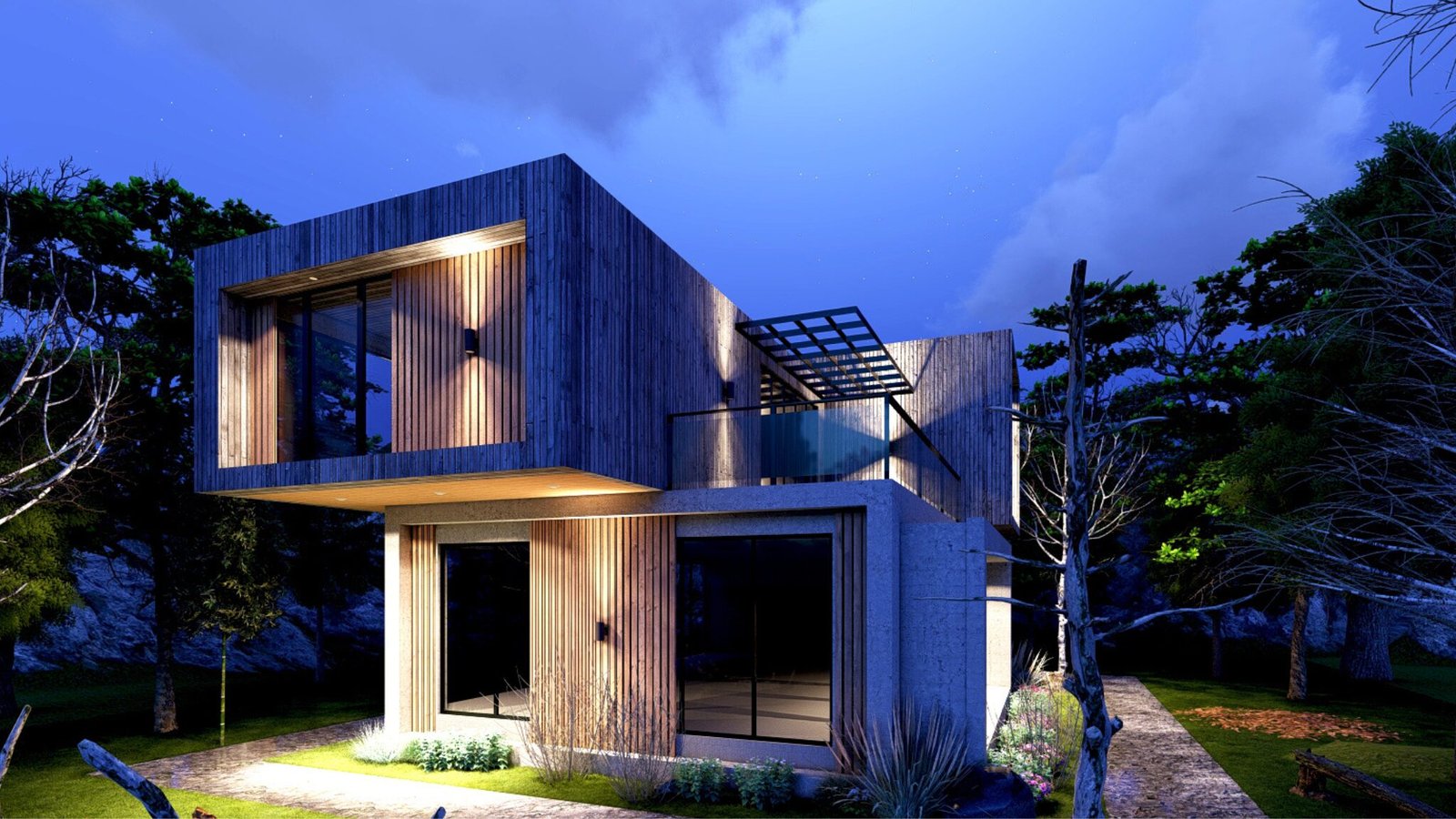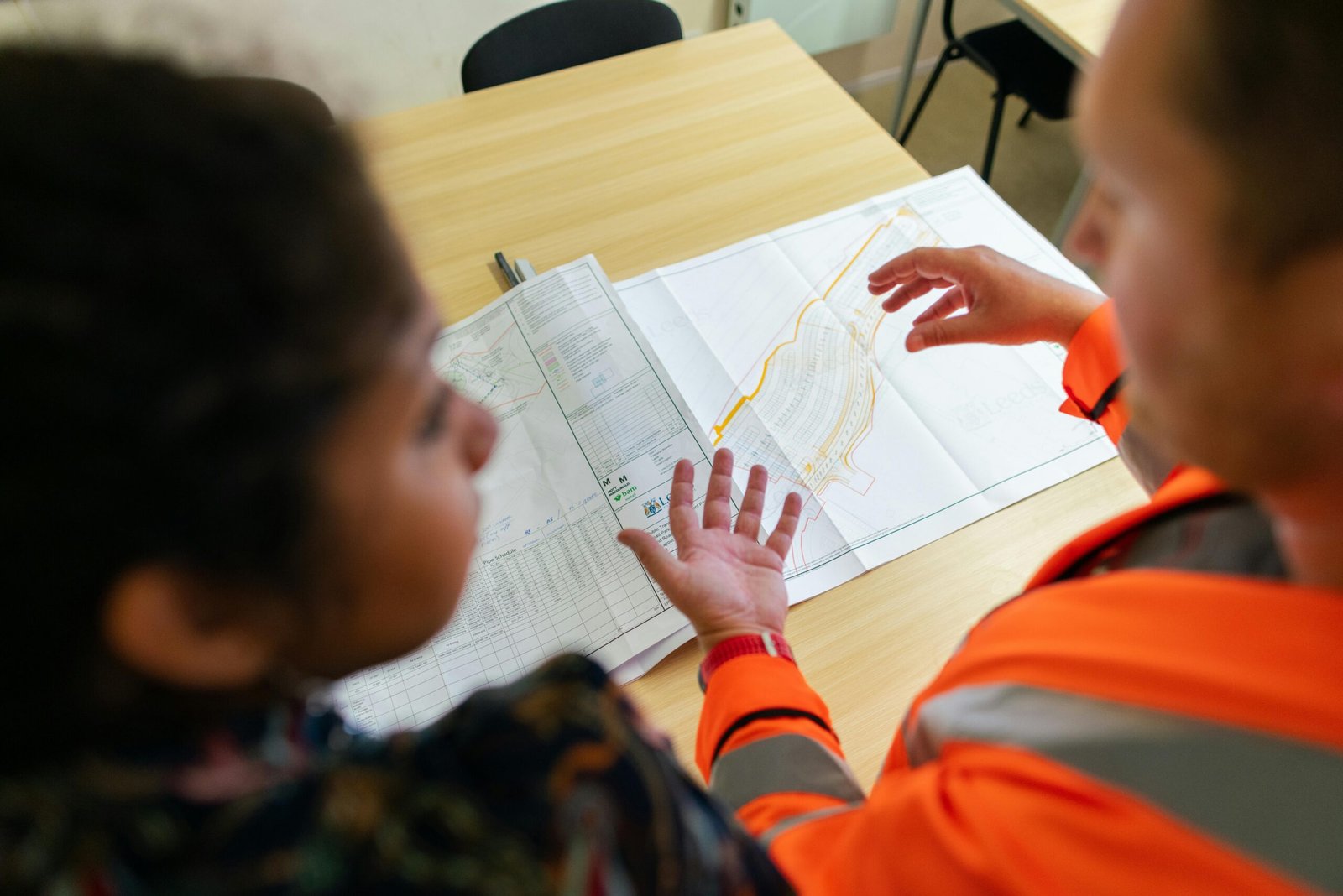Container Homes in the Philippines: A Modern, Affordable, and Sustainable Housing Solution
As housing costs continue to rise in the Philippines, more homeowners, developers, and architects are turning to innovative solutions. One trend rapidly gaining popularity is the container home—a house built using recycled shipping containers. Known for being affordable, sustainable, and stylish, container house offer a modern alternative to traditional construction methods. If you're curious about







